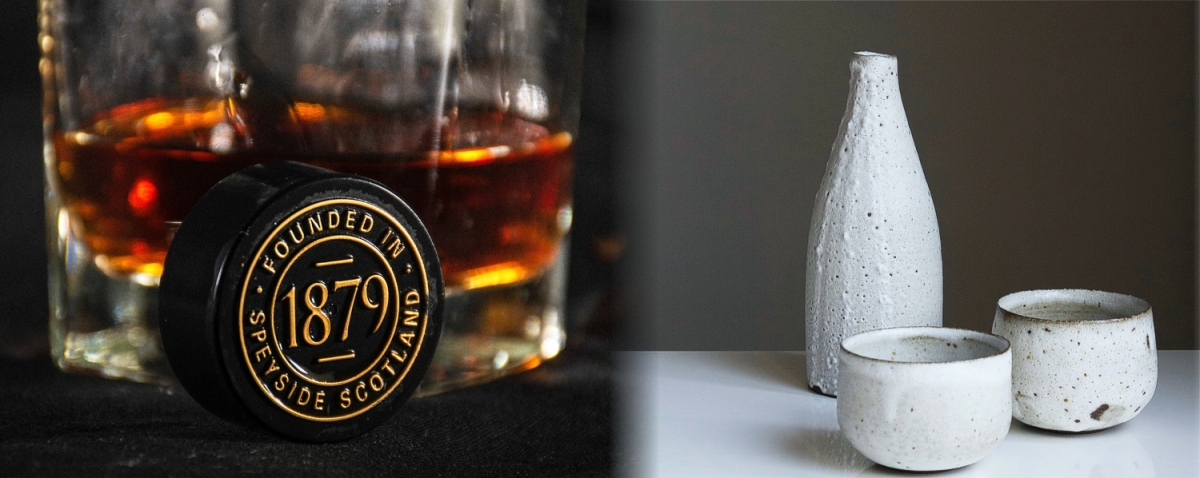Image: Si Racha coast; sauces from left: Sriraja Panich, Huy Fong/Rooster, Flying Goose, Three Mountains, Exotic Food (USA style)
By Peter Ungphakorn
POSTED MAY 29, 2023 | UPDATED JULY 2, 2023
Parts on the history of Sriracha sauce have been revised considerably (May 31, 2023) following further research into Thai-language material
Fancy a Japanese seafood omelette with “mayo spun through with sriracha”? Smoked cod head “doused in a sriracha emulsion”? How about McDonald’s sriracha-and-kale burger, described as “an aging hipster’s cry for help”? Or just sausages and brown sauce mixed with sriracha in proportions of 5:1.
Sriracha is gaining popularity among chefs and people who just enjoy their food. But what exactly is it?
First, you may have noticed that “Trade β Blog” is about trade. So this piece is not about the joys of eating or cooking with the distinctive chilli sauce. It’s about a controversial issue in trade: the use of a geographical name to identify a product. But it does include some blind tasting in the search for authenticity.
Continue reading “‘Sriracha’ sauce: is it what it says on the bottle?”











